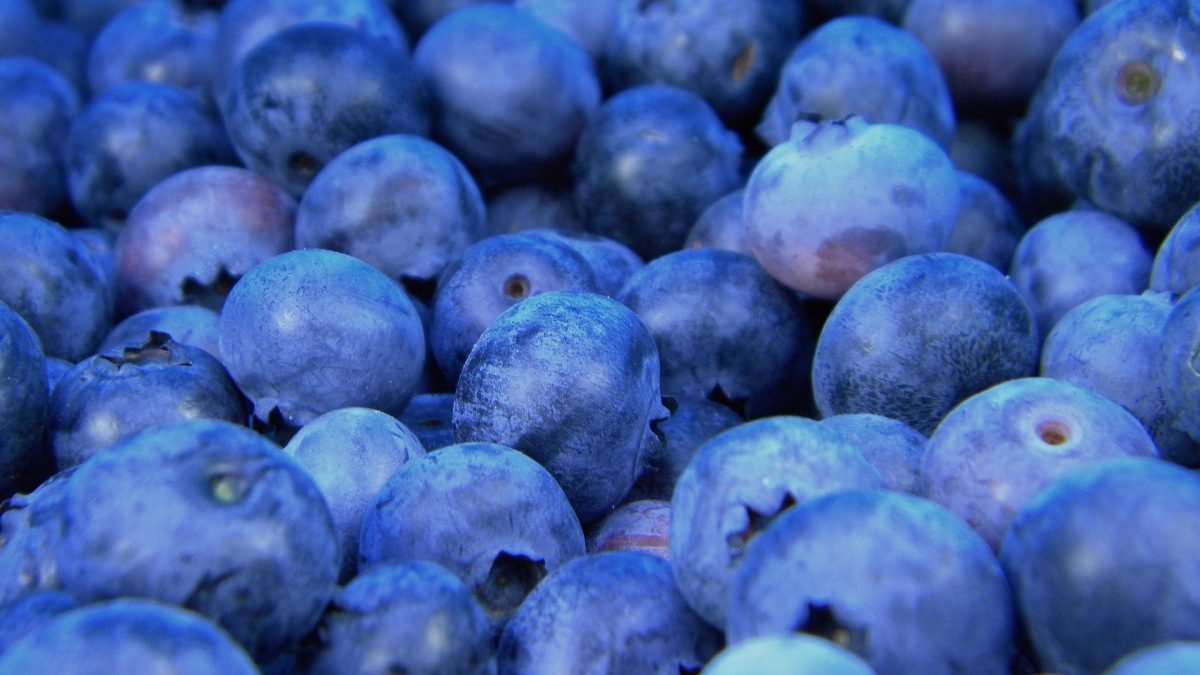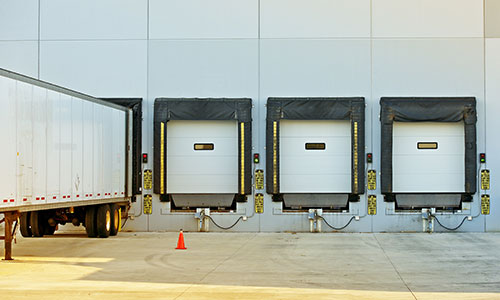eCommerce businesses demonstrate no signs of slowing traction, which means consumers are increasingly nitpicking the service quality. For businesses to meet client expectations, they must pay close attention to every step of the process—from packing to delivery.
Transporting perishable goods is a complicated endeavor that is difficult to achieve without the right logistics carrier. If you’re shipping fresh produce, grocery items, equipment, or machinery, getting to know their unique characteristics can help streamline the delivery process.
What are Perishable Goods?
Perishable goods are items whose quality deteriorates due to poor environmental conditions. These might include meat and meat by-products, seafood, dairy products, fruits and vegetables, flowers, pharmaceutical products, and chemicals.
The chemical and physiological makeup of such items grants them a short lifespan. They are far more susceptible to irreparable damage during transport that is often exacerbated by inconsistent temperature control. Keeping them in good shape has much to do with the three following factors: time, isolation, and holding temperature.
The majority of losses occur between the post-harvest and product distribution timelines. Avoid damages and business losses by respecting the cold chain as much as possible, which guarantees product quality at all times.
Types of Temperature-Control Vehicles
The following types of vehicles keep perishable goods intact during distribution:
- Isothermal: These trucks or vans have insulating walls, doors, ceilings, and floors, limiting the exchange of heat between the interior and exterior of the vehicle.
- Refrigerated: These vehicles possess a non-mechanical cold source that reduces interior temperatures to accommodate exterior temperatures of 30 C to -20 C.
- Freezer: Freezer vans have a cold production mechanism that reduces empty spaces’ interior temperature, maintaining a consistent temperature of between -12 C and -20 C.
The Agreement on the International Carriage of Perishable Foodstuffs and on the Special Equipment to be Used for Such Carriage (ATP Treaty) regulates the transportation of perishable goods. It establishes standards to guarantee optimal conditions for transporting consumable items.
What is the Best Method of Transporting Perishable Goods?
Most perishable goods that travel to and from Mexico to the U.S. take the trip by ground, whereas perishable goods that head to Europe and Asia travel by air or sea. By land, you can ship goods via:
- Trucks: Various types of trucks will employ different cold systems that may or may not be mechanized. Some will implement ice or dry ice.
- Rail: Train cars will have an isolated lining, along with a refrigeration system for loading and unloading perishable goods. Transportation by rail will also incorporate the use of dry ice.
By air, airports will assign particular areas for handling perishable goods, often in the form of a chamber or freezer. These areas come with custom inspection points, heavily guarded by highly qualified and specialized personnel that can manually regulate temperatures at all times.
Typically, fresh and frozen products travel by air, while some will go by ship in refrigerated containers that help circulate air. These containers are known as reefers.
Before transporting goods, logistics partners will provide a temperature requirement sheet to ensure the highest quality standards.
Conclusion
Temperature control is the best way to protect perishable goods from outside elements and internal heat. Choosing the right logistics service provider is the next step towards ensuring top-quality delivery.
At RJS logistics, our fleet of Monroe freight carriers and refrigerated vehicles are at your disposal. Let us know how we can best satisfy your shipping needs.



